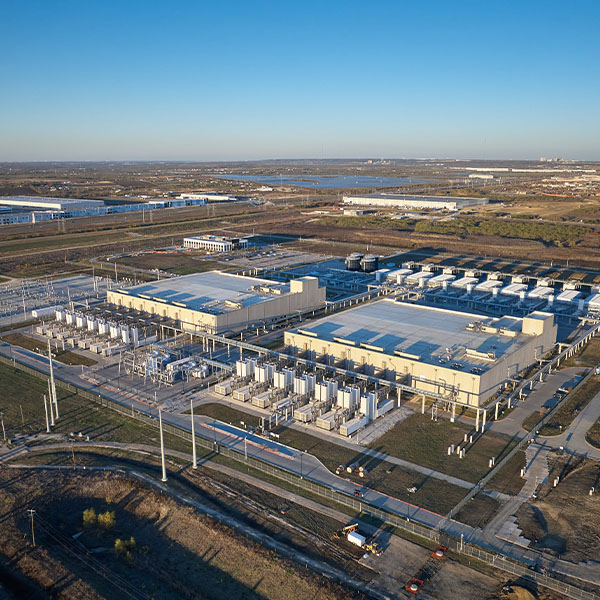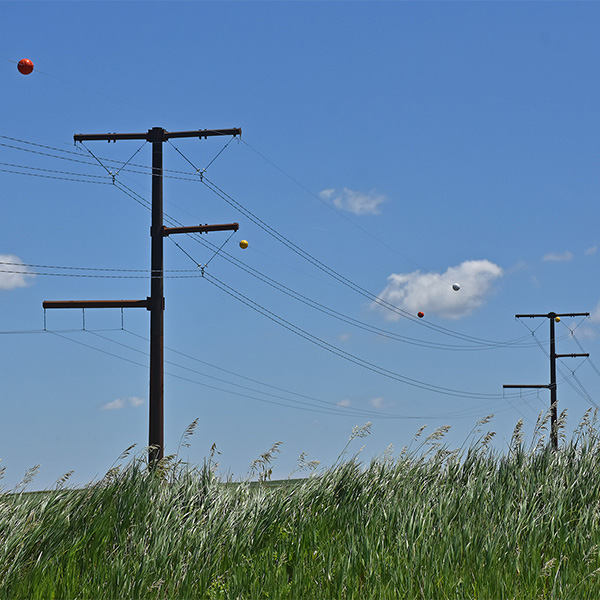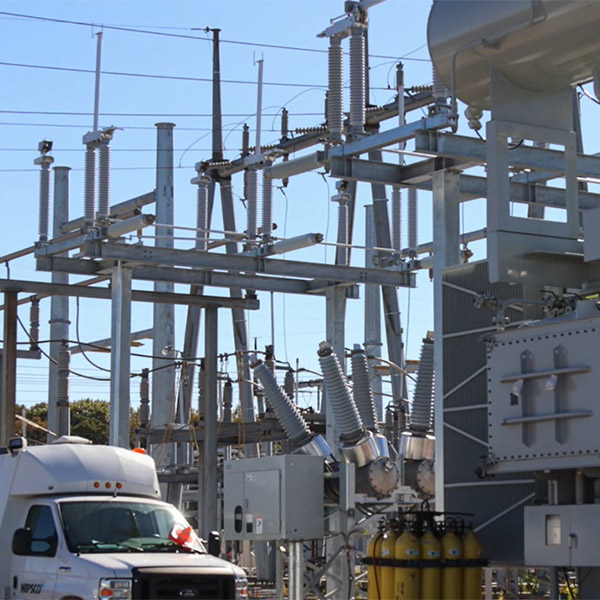cost allocation
The power industry’s own demand forecasts expect national summer peak to swell by 166 GW by 2030, Grid Strategies said in its latest load growth report.
There's a clear parallel between what FERC did to speed the building of new generation at the turn of the millennium and what DOE wants to do today to accelerate the growth of critical data infrastructure, says former FERC Chair Pat Wood III.
Parties filed their first briefs in the appeal of FERC Order 1920, which mandated changes to regional transmission planning and cost-allocation rules.
FERC approved PJM’s proposal for allocating the costs for Constellation Energy to continue operating its Eddystone Generating Station near Philadelphia under an emergency order by the U.S. Department of Energy.
CREPC TC, in collaboration with Energy Strategies, issued its first transmission cost allocation study to provide the Western electricity industry with guidelines on how to tackle the thorny issue.
SPP state regulators have approved a policy that sets criteria for developing joint transmission projects with other RTOs to cost-effectively address persistent market-to-market (M2M) congestion.
SPP stakeholders resoundingly rejected a proposed tariff change to integrate large loads, pushing back against what some say is a rushed process outside of the normal stakeholder structure.
FERC found that MISO and SPP’s 100% cost allocation to generation for the pair’s $1.7 billion Joint Targeted Interconnection Queue transmission portfolio remains appropriate.
The Edison Electric Institute’s annual conference and thought leadership forum featured numerous discussions on the industry's ability to meet the explosive demand without sacrificing reliability and affordability.
MISO said it will create more public notices throughout its variance analysis, the process it uses to reassess transmission projects that experience cost increases or other obstacles.
Want more? Advanced Search










